Home>Gardening & Outdoor>Plant Care & Gardening Tips>Where Are Hollyhocks A Native Plant?


Plant Care & Gardening Tips
Where Are Hollyhocks A Native Plant?
Modified: March 24, 2024
Discover the native habitats of hollyhocks and get expert plant care and gardening tips to cultivate these beautiful flowers in your garden. Explore the best practices for growing hollyhocks and creating a thriving garden environment.
(Many of the links in this article redirect to a specific reviewed product. Your purchase of these products through affiliate links helps to generate commission for Storables.com, at no extra cost. Learn more)
**
Introduction
**
Welcome to the enchanting world of hollyhocks! These majestic, towering blooms have captivated gardeners and nature enthusiasts for centuries. In this article, we will delve into the fascinating origins of hollyhocks, exploring their status as a native plant and shedding light on their cultivation and distribution. Whether you are a seasoned gardener or a newcomer to the botanical realm, join us on this journey to uncover the secrets and splendor of hollyhocks. Let's embark on a delightful exploration of these beloved flowers, discovering their roots and the regions they call home.
Key Takeaways:
- Hollyhocks originated in the eastern Mediterranean and central Asia, captivating gardeners for centuries and spreading to Europe, Asia, and the Americas, enriching gardens with their vibrant blooms and resilient nature.
- Hollyhocks, native to the eastern Mediterranean and central Asia, have thrived in diverse ecosystems, captivating gardeners with their adaptability and timeless beauty, and adding a touch of old-world charm to gardens worldwide.
Read more: Where Is The Snake Plant Native To
The Origin of Hollyhocks
Step into the rich tapestry of history, and you will find hollyhocks standing tall as a symbol of elegance and resilience. These captivating flowers, scientifically known as Alcea rosea, trace their origins to the eastern Mediterranean and central Asia. Their story begins centuries ago, where they graced the gardens of ancient civilizations, including the majestic gardens of Babylon.
The journey of hollyhocks continued through the ages, as they found their way to Europe via trade routes, enchanting gardeners with their towering spires of colorful blooms. Their popularity soared, and they became a cherished feature of European gardens, adorning castle courtyards and cottage gardens alike.
It wasn’t long before hollyhocks caught the eye of botanists and plant enthusiasts, who marveled at their striking beauty and resilience. Through careful cultivation and hybridization, hollyhocks evolved into a diverse array of hues, from the classic pink and white to vibrant shades of red, yellow, and purple.
As the centuries unfolded, hollyhocks made their way across the Atlantic to North America, where they found a new home in the fertile soils of the New World. Their presence in the Americas further enriched the tapestry of botanical diversity, adding a touch of old-world charm to the landscapes of the new frontier.
Today, hollyhocks continue to weave their magic in gardens around the world, their origins rooted in the ancient lands of the Mediterranean and Asia. Their enduring allure serves as a testament to the timelessness of nature’s beauty and the enduring appeal of these magnificent flowers.
Hollyhocks as a Native Plant
While hollyhocks have journeyed far and wide, their status as a native plant is deeply intertwined with the regions where they first took root. The eastern Mediterranean and central Asia stand as the ancestral homelands of hollyhocks, where they flourished in the wild, gracing open meadows and rocky slopes with their resplendent blooms.
In these native habitats, hollyhocks thrived in the embrace of a temperate climate, where they reveled in the warmth of the sun and the gentle caress of the breeze. Their ability to adapt to a range of growing conditions allowed them to establish themselves as resilient inhabitants of the natural landscape, earning them a place of honor among native flora.
Throughout the centuries, hollyhocks’ natural beauty and hardy disposition captured the admiration of gardeners and horticulturists, leading to their widespread cultivation and naturalization in regions far beyond their native lands. Their graceful presence in gardens across Europe, Asia, and the Americas reflects their seamless integration into diverse ecosystems, where they continue to thrive and enchant admirers with their timeless allure.
As a native plant, hollyhocks embody a sense of connection to the earth and the enduring legacy of botanical diversity. Their presence serves as a reminder of the interconnectedness of ecosystems and the beauty that arises when native flora finds a place to flourish within the tapestry of the natural world.
Whether adorning the hillsides of the Mediterranean or gracing the gardens of distant continents, hollyhocks stand as a testament to the enduring spirit of native plants, weaving a story of resilience, adaptability, and timeless beauty across the landscapes they call home.
Hollyhocks are native to southwest and central Asia. They thrive in full sun and well-drained soil. Plant them in a location with good air circulation to prevent rust disease.
Cultivation and Distribution of Hollyhocks
Embarking on the journey of cultivating hollyhocks is a delightful endeavor that invites gardeners to embrace the timeless elegance of these majestic flowers. Whether you are tending to a cottage garden, a sprawling estate, or a cozy urban oasis, hollyhocks bring a touch of old-world charm and vibrant color to any landscape.
When it comes to cultivation, hollyhocks are celebrated for their adaptability and resilience, thriving in a variety of growing conditions. They favor well-drained soil and ample sunlight, making them well-suited for open meadows, garden borders, and sunny corners of the landscape. Their towering spires of blossoms create a striking vertical presence, adding a sense of drama and grandeur to any garden setting.
As biennials or short-lived perennials, hollyhocks follow a captivating life cycle, beginning as seeds that germinate and develop into lush foliage in their first year. In their second year, they grace the garden with their spectacular display of flowers before setting seeds to perpetuate the cycle. Their ability to self-seed ensures a continuous presence in the garden, perpetuating their timeless beauty for years to come.
When it comes to distribution, hollyhocks have made their mark in gardens across the globe, from the sun-drenched landscapes of the Mediterranean to the verdant hillsides of North America. Their adaptability and resilience have allowed them to naturalize in diverse regions, enriching the tapestry of flora with their vibrant hues and stately presence.
Whether adorning historic estates, quaint country gardens, or urban landscapes, hollyhocks continue to captivate the hearts of gardeners and nature enthusiasts, their timeless allure transcending geographical boundaries and cultural landscapes. Their distribution reflects their ability to thrive in a variety of climates, from temperate regions to sun-drenched locales, where they stand as a testament to the enduring appeal of these beloved blooms.
As you cultivate and admire hollyhocks in your own garden, take a moment to appreciate their journey from ancient lands to the modern-day landscape, and the joy they bring to all who encounter their splendor.
Conclusion
As we conclude our exploration of hollyhocks, we are reminded of the timeless allure and enduring legacy of these magnificent flowers. From their origins in the ancient lands of the eastern Mediterranean and central Asia to their widespread cultivation and naturalization in gardens around the world, hollyhocks stand as a testament to the enduring spirit of nature’s beauty.
The journey of hollyhocks spans centuries, weaving a narrative of resilience, adaptability, and timeless elegance. Their status as a native plant is deeply rooted in the regions where they first graced the natural landscape, capturing the hearts of admirers with their regal presence and vibrant blooms.
Today, hollyhocks continue to enchant gardeners and nature enthusiasts, their graceful spires of flowers adding a touch of old-world charm to gardens of all shapes and sizes. Whether nestled in cottage gardens, adorning historic estates, or brightening urban landscapes, hollyhocks serve as a reminder of the enduring connection between humanity and the natural world.
As you tend to your own garden, consider embracing the timeless beauty of hollyhocks, inviting these beloved blooms to grace your landscape with their resplendent presence. Whether you are drawn to their vibrant hues, their stately spires, or their ability to thrive in a variety of growing conditions, hollyhocks offer a captivating addition to any garden setting.
So, let us continue to celebrate the enchanting journey of hollyhocks, honoring their status as a native plant and embracing the enduring legacy of their timeless beauty. As we cultivate, admire, and cherish these magnificent flowers, we become part of their story, adding our own chapter to the rich tapestry of hollyhocks’ presence in the natural world.
May the allure of hollyhocks continue to captivate generations to come, weaving a story of resilience, elegance, and enduring beauty across the landscapes they call home.
Frequently Asked Questions about Where Are Hollyhocks A Native Plant?
Was this page helpful?
At Storables.com, we guarantee accurate and reliable information. Our content, validated by Expert Board Contributors, is crafted following stringent Editorial Policies. We're committed to providing you with well-researched, expert-backed insights for all your informational needs.
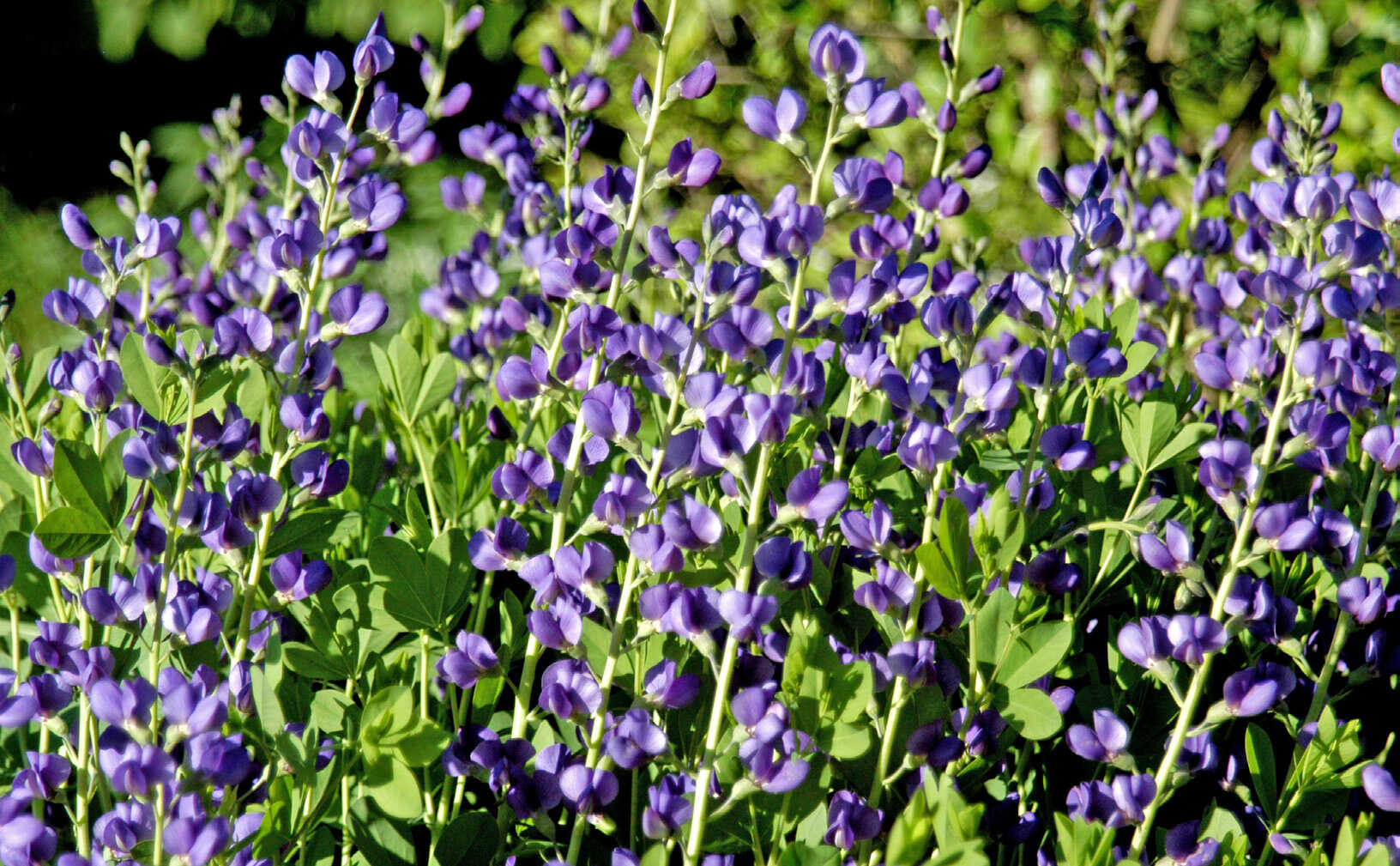
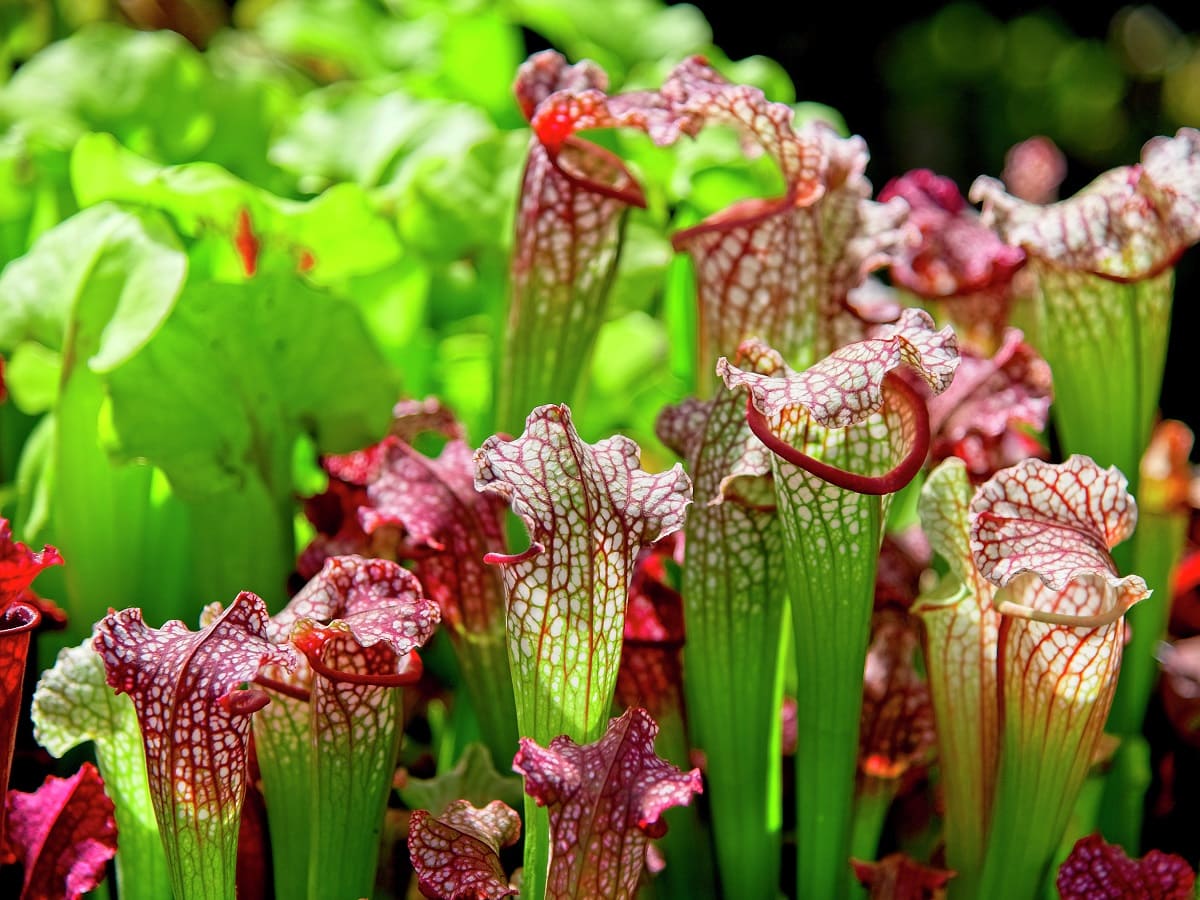
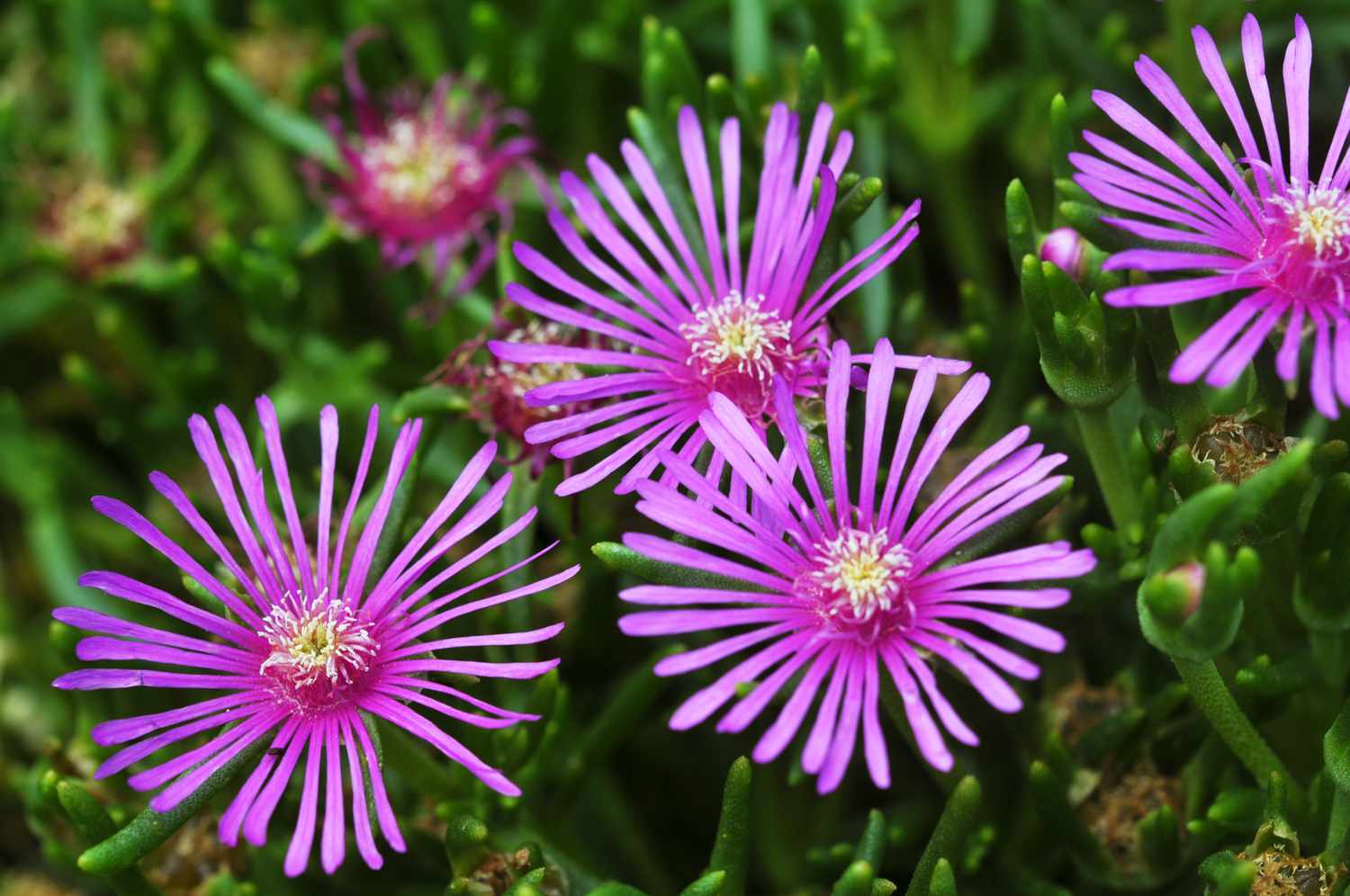
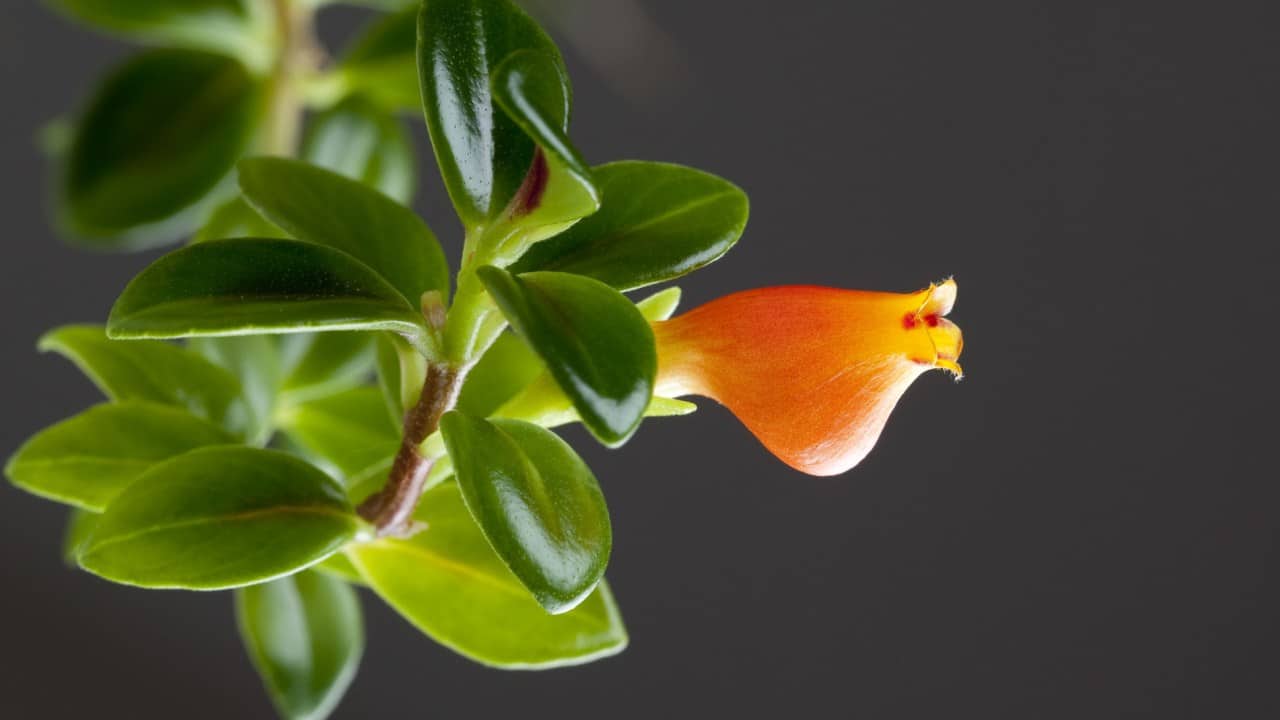
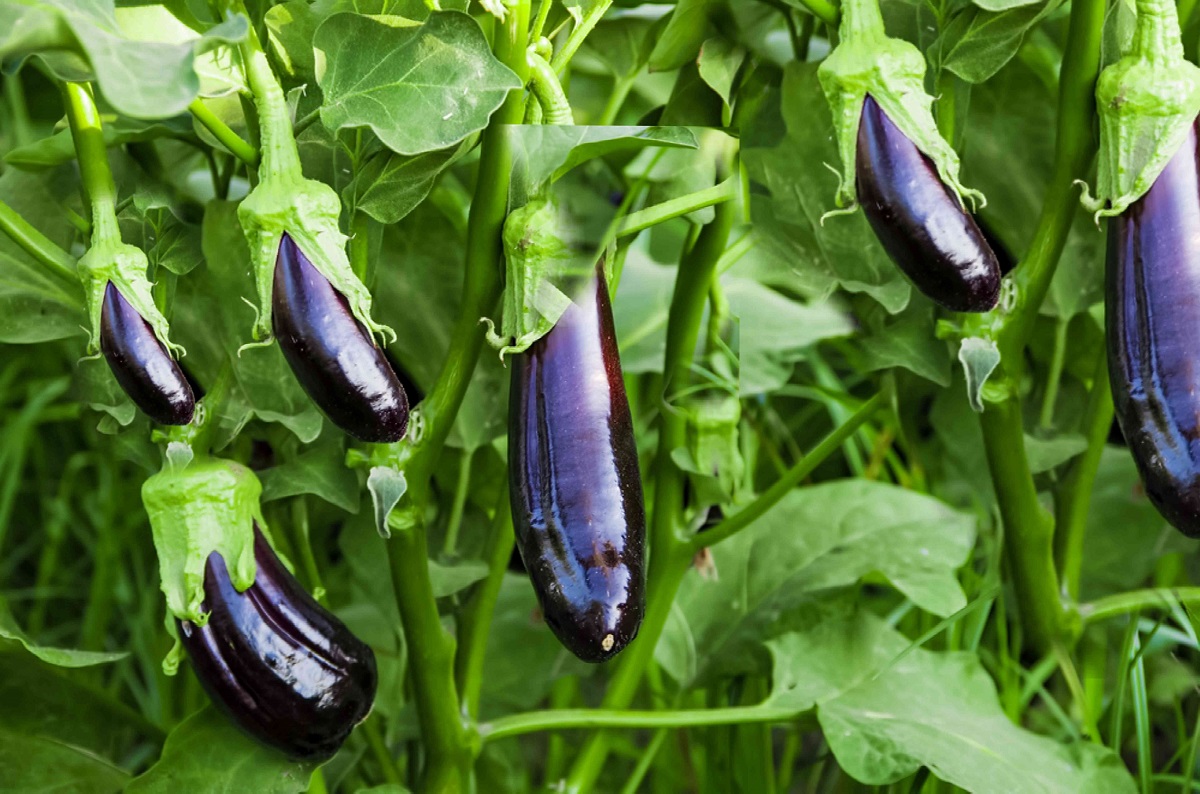
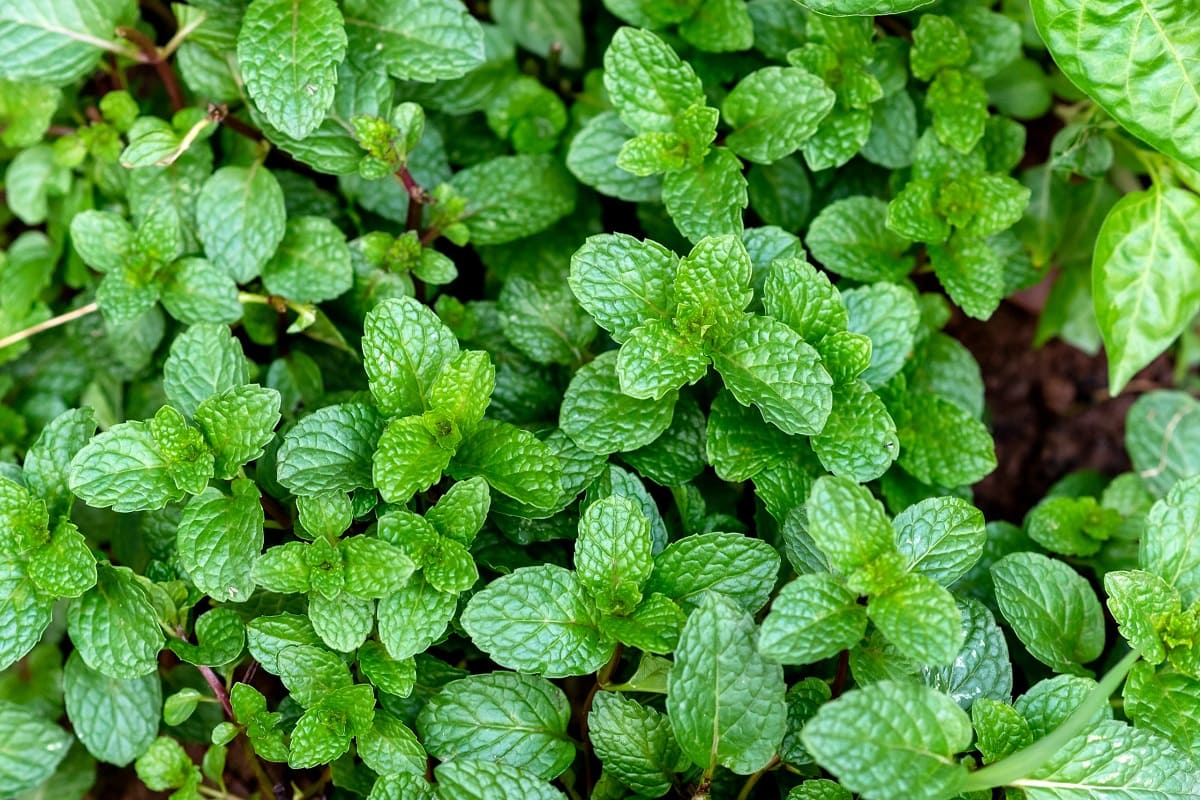
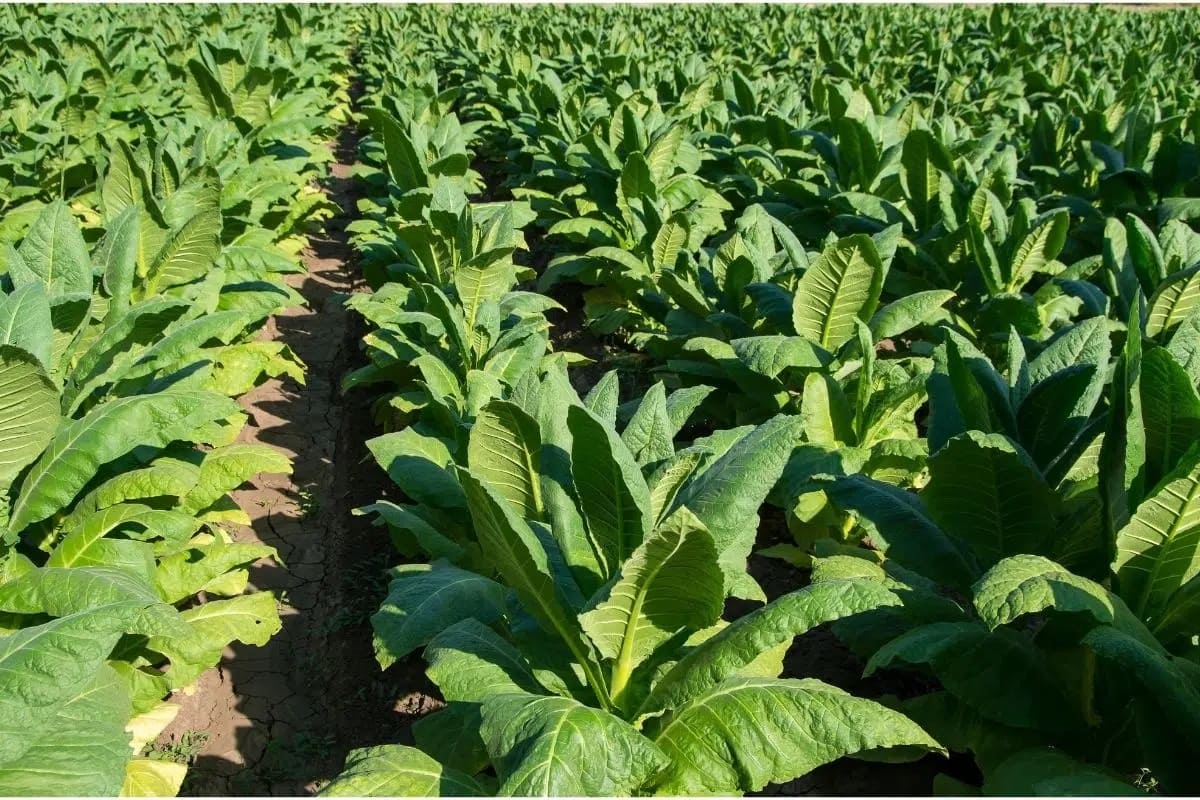
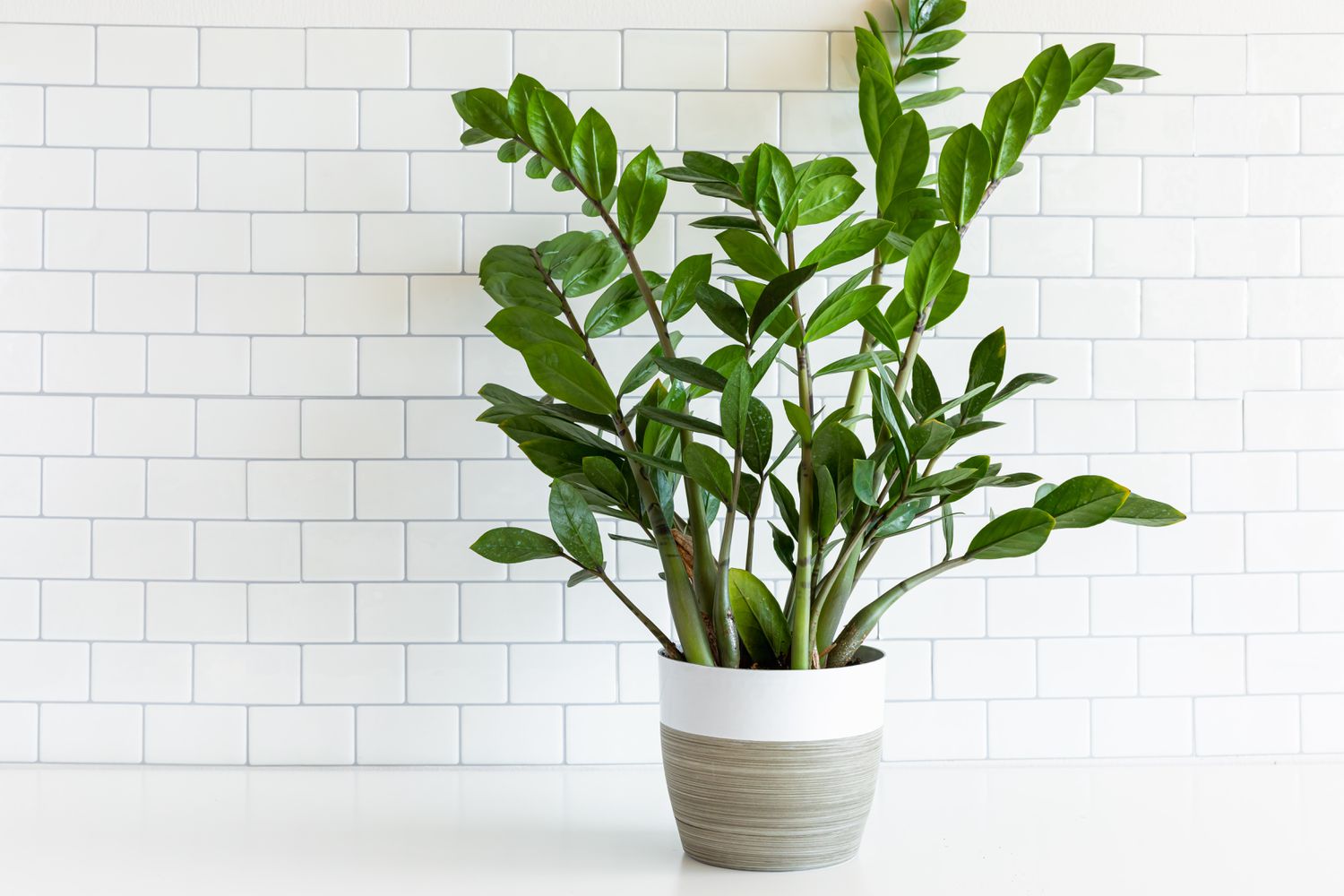
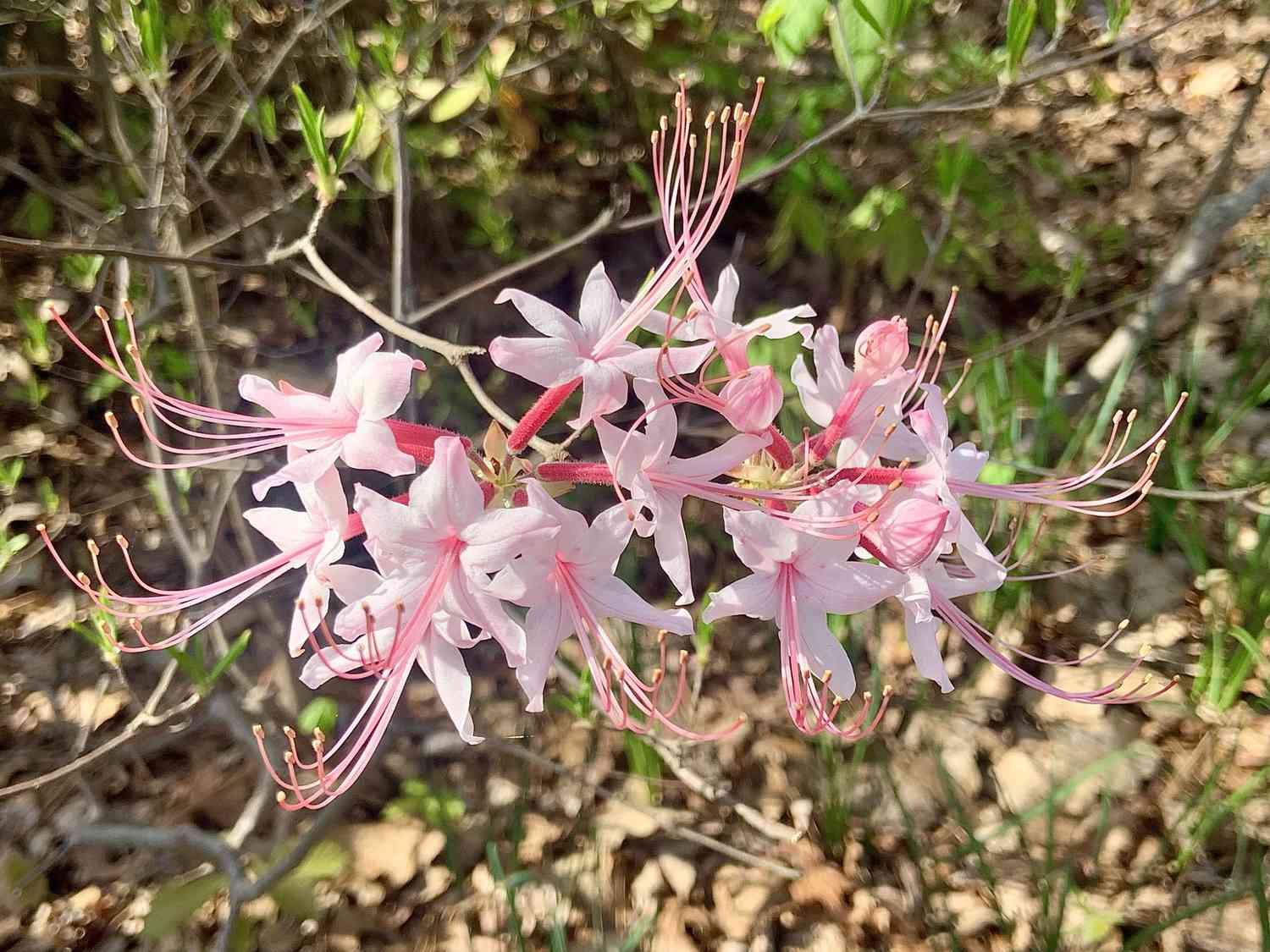
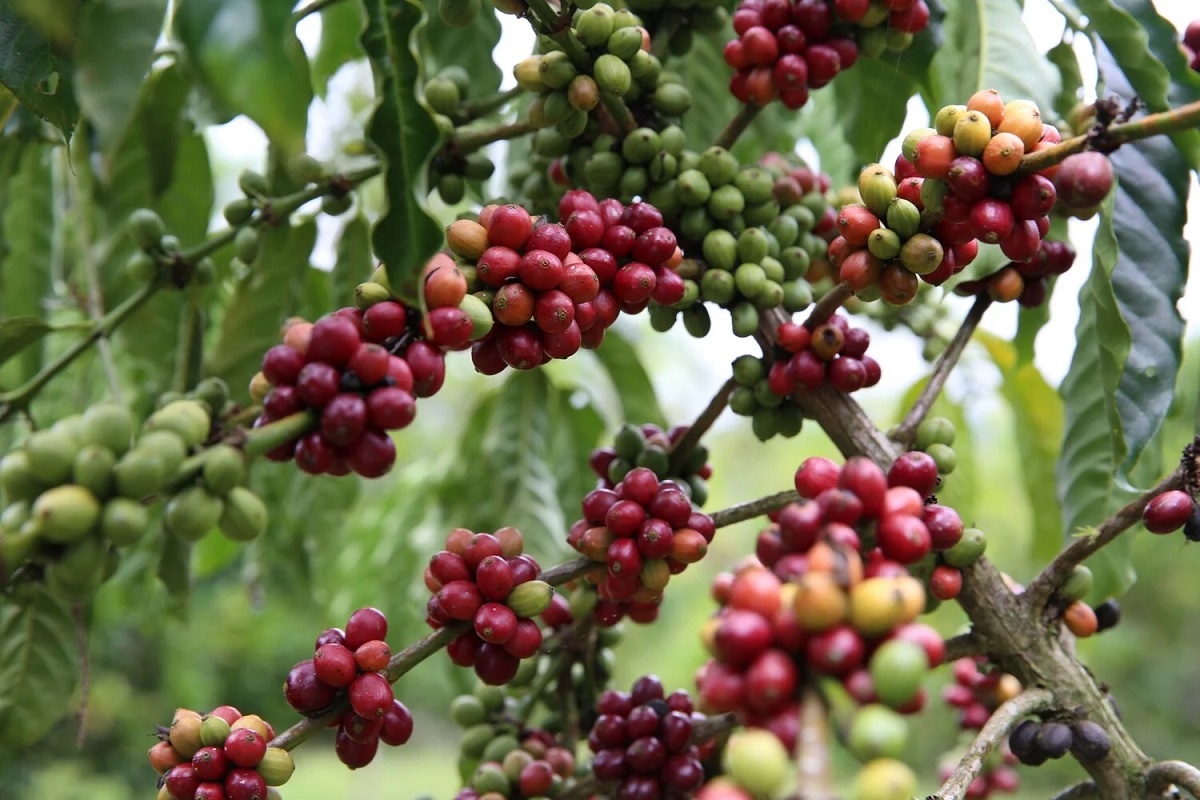
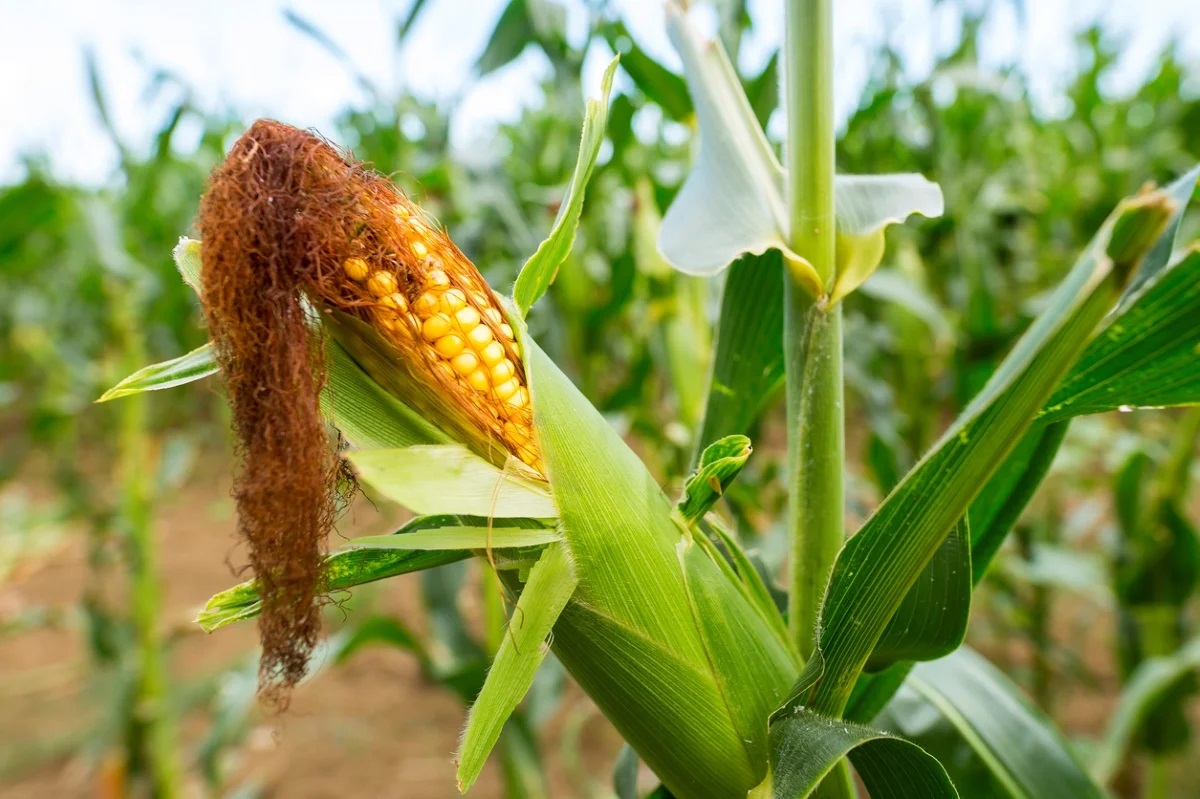
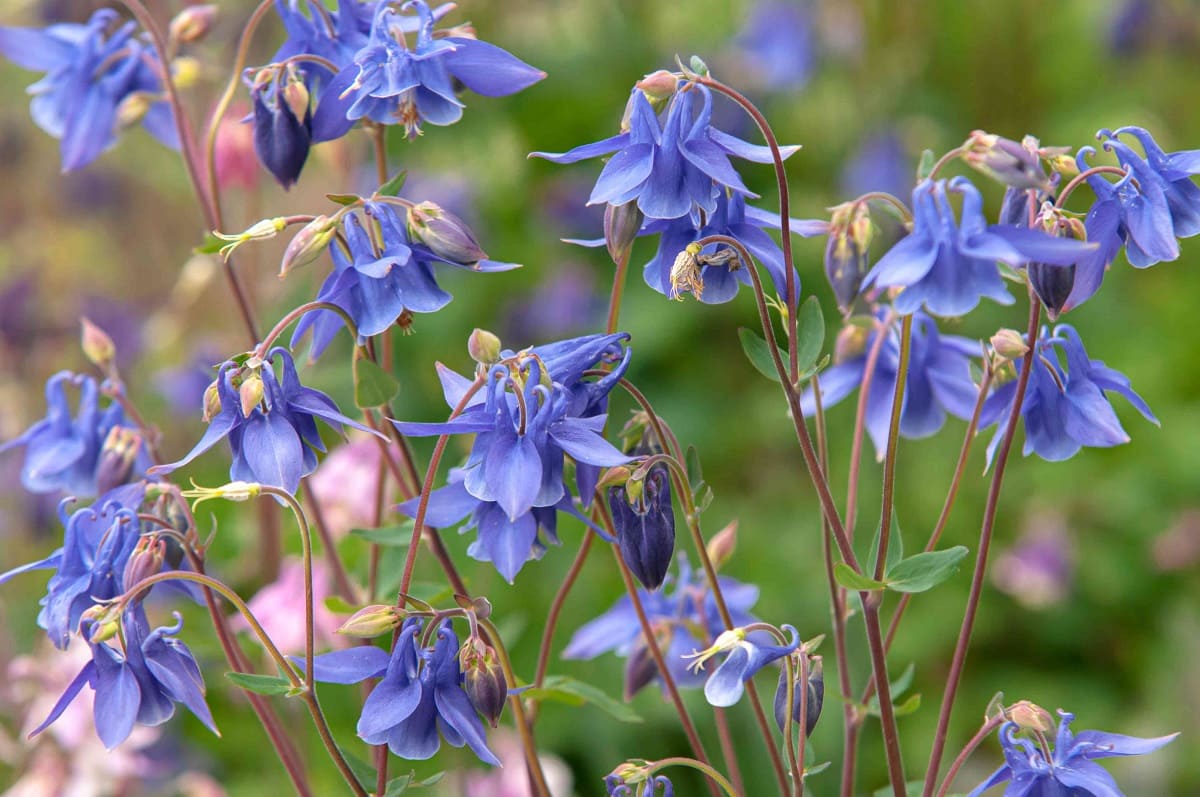


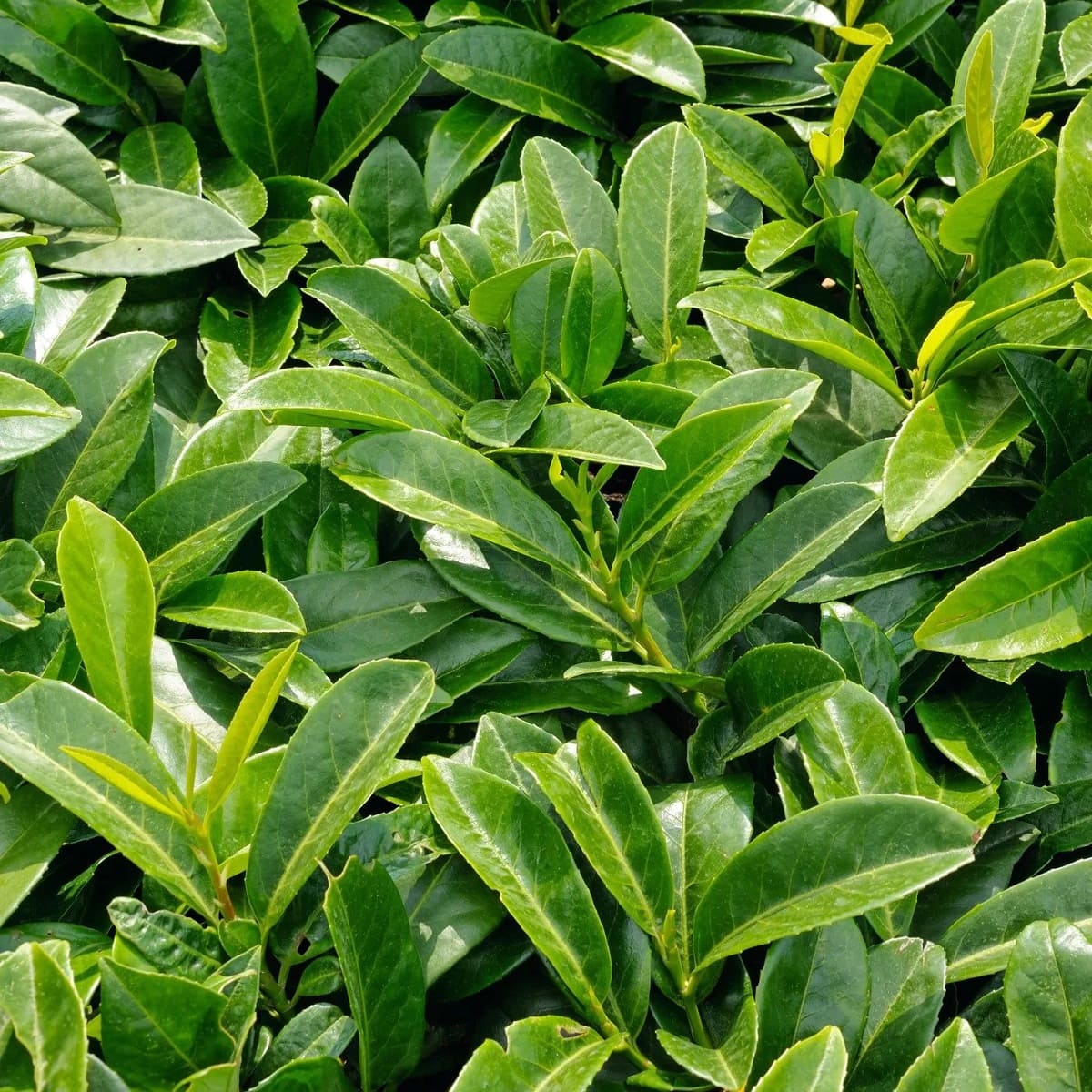

0 thoughts on “Where Are Hollyhocks A Native Plant?”